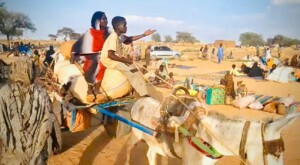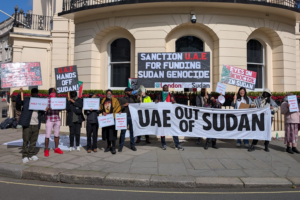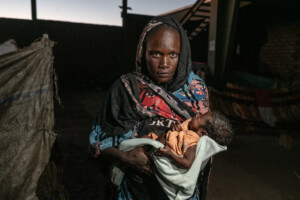Over 280,000 affected by torrential rain and floods in Sudan
The Sudanese Civil Defence Council announced yesterday that since the beginning of the rainy season, 134 people have died and 120 injured in Sudan due to houses collapsing, drowning, lightning strikes, and scorpion stings.
 Traveling during rainy season in Sudan (file photo)
Traveling during rainy season in Sudan (file photo)
The Sudanese Civil Defence Council announced yesterday that since the beginning of the rainy season, 134 people have died and 120 injured in Sudan due to houses collapsing, drowning, lightning strikes, and scorpion stings.
As of 12 September, about 286,400 people have been affected, according to the Government’s Humanitarian Aid Commission (HAC), humanitarian organisations on the ground, and local authorities.
54,551 houses have been destroyed and 74,212 houses require repair. 240,757 feddans of agricultural land, 364 government, health and education facilities, and 298 shops and warehouses have been damaged. In addition, more than 2,741 livestock have been killed in the torrential rains and floods.
Four people have drowned in Otash camp for the displaced, north of Nyala, capital of South Darfur, according to a press statement on Sunday. Last week, a nine-year-old girl died when a wall collapsed on her in Rahad El Beri, South Darfur.
Ahmed Abdelhamid, Humanitarian Aid Commissioner of Nyala locality, said in the statement yesterday that more than 3,000 homes were destroyed by heavy rainfall and ensuing floods in Otash camp. There is similar damage in Kalma camp, El Salam camp, Dereij camp, El Sereif camp, and the Majok neighbourhood in the eastern part of Nyala.
He announced an emergency campaign that is currently being implemented to provide the affected people with some urgent food aid. According to the Famine Early Warning Systems Network, Sudan “will continue facing high humanitarian food assistance needs through September 2022, the peak of the lean season. High food prices and reduced access to cash income continue to limit poor household purchasing power and food access.”
The rainy season in the southern parts of Sudan usually starts in May and reaches Khartoum in June-July. It lasts up to September, with the peak of rains and flooding observed between August and September in the past years. Flooding occurs every year in Sudan.












 and then
and then